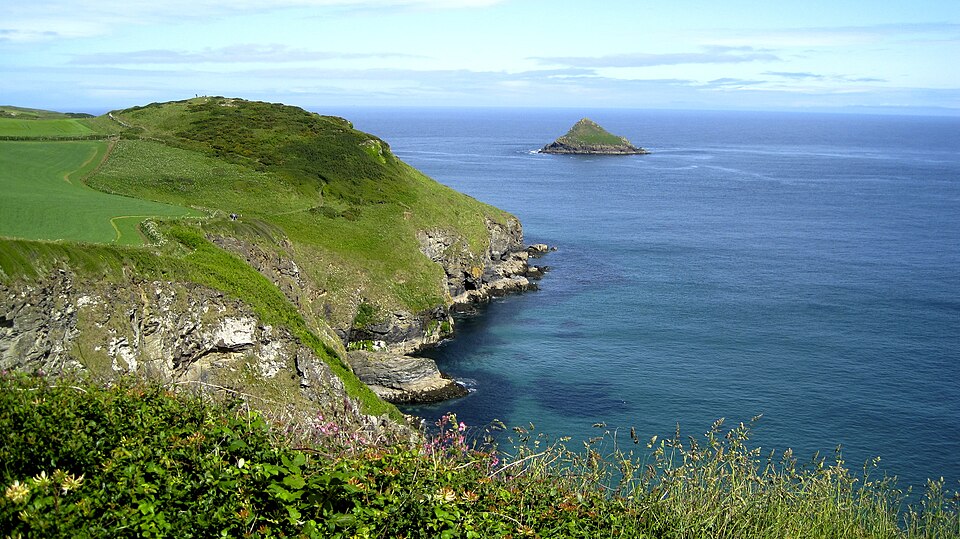
Sea temperatures around the UK and Ireland have spiked sharply, with some areas now up to 4°C above normal—a change that could affect marine ecosystems and swimmers alike.
The most intense heat has been recorded off Ireland’s west coast and parts of the Cornish and Devon coastlines, according to the Met Office and the National Oceanography Centre. April and early May saw the warmest sea temperatures ever recorded for those months in the region, marking a 45-year high.
This spike is part of a growing global trend. Climate change is steadily warming oceans worldwide, making events like marine heatwaves both more frequent and more severe. Air temperatures in 2025 are also expected to rank among the hottest on record.
“It’s super intense right now. The marine heatwave has really surged this week,” said Dr Ségolène Berthou of the Met Office. Sea surface temperatures around the UK’s west coast are currently around 2.5°C above average, with some Scottish waters up to 3°C warmer. Near Tyne and Tees, temperatures are an astonishing 5°C above average.
Dr Zoe Jacobs from the National Oceanography Centre first noted the abnormal warmth in late 2024. Since then, temperatures have steadily risen and spread, peaking in recent days. A marine heatwave occurs when sea surface temperatures exceed the seasonal average for five or more consecutive days. In May, this threshold is 11.3°C. On 19 May, the average temperature hit 12.69°C.
Maps show widespread temperature anomalies west of Ireland and Cornwall, with those areas displaying the most extreme deviations from normal.
This unusual heat is fueled by one of the warmest UK springs on record, with high air temperatures and weak winds allowing the ocean’s surface layer to warm rapidly.
Though marine heatwaves in UK waters are a relatively recent phenomenon, they’re becoming more common and more intense. Their impact on marine life is still uncertain but concerning. Early signs suggest disruptions in species’ breeding cycles and a potential increase in jellyfish populations—especially the large barrel jellyfish that thrive in warmer waters.
There’s also the risk of harmful algal blooms, which can poison marine life. Past heatwaves have led to mussel die-offs and surges in jellyfish numbers. After a 2023 heatwave, jellyfish sightings rose by 32%.
These warmer conditions might also attract species like bluefin tuna to UK waters, potentially boosting fish stocks but also altering local ecosystems.
A map from 19 May shows large areas west and north of the British Isles experiencing moderate to extreme marine heatwave conditions. Most heatwaves last about two weeks, but this one has persisted for over two months—an unusually long duration.
Warmer seas can even elevate land temperatures, as sea breezes carry heat ashore. This effect was observed in May 2024 during a short-lived marine heatwave.
While the UK generally escapes the most severe damage seen in places like Australia and the Pacific—where reefs and seagrass beds are often devastated—scientists still have much to learn. Dr Jacobs’ recent research highlights the southern North Sea and English Channel as UK heatwave hotspots.
Globally, oceans have absorbed 90% of the excess heat generated by greenhouse gas emissions. The North Atlantic alone has warmed by about 0.3°C per decade over the past 40 years.
Though a slight break in the warm weather is forecast for this weekend, ocean temperatures are slow to change. Dr Jacobs notes that any cooling could be temporary, with forecasts suggesting another rise in temperatures soon. Photo by Bill McBee squam_lake, Wikimedia commons.



































